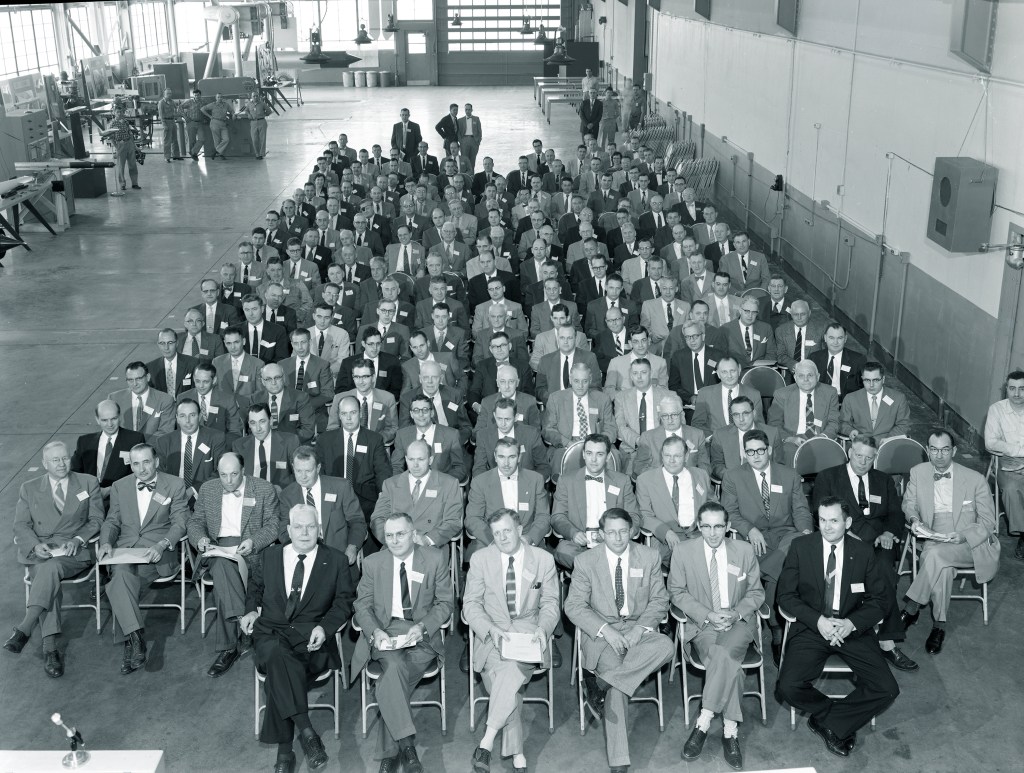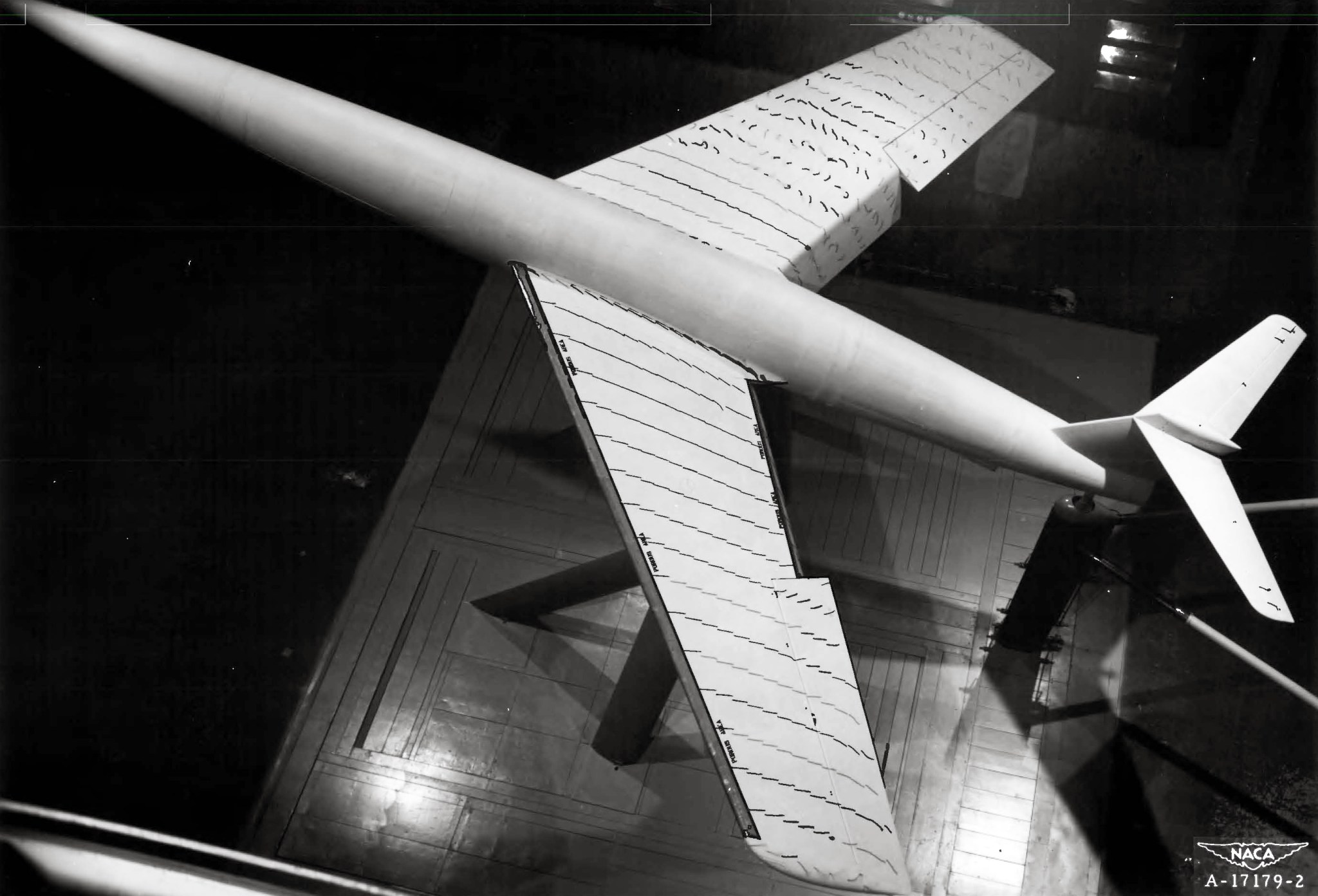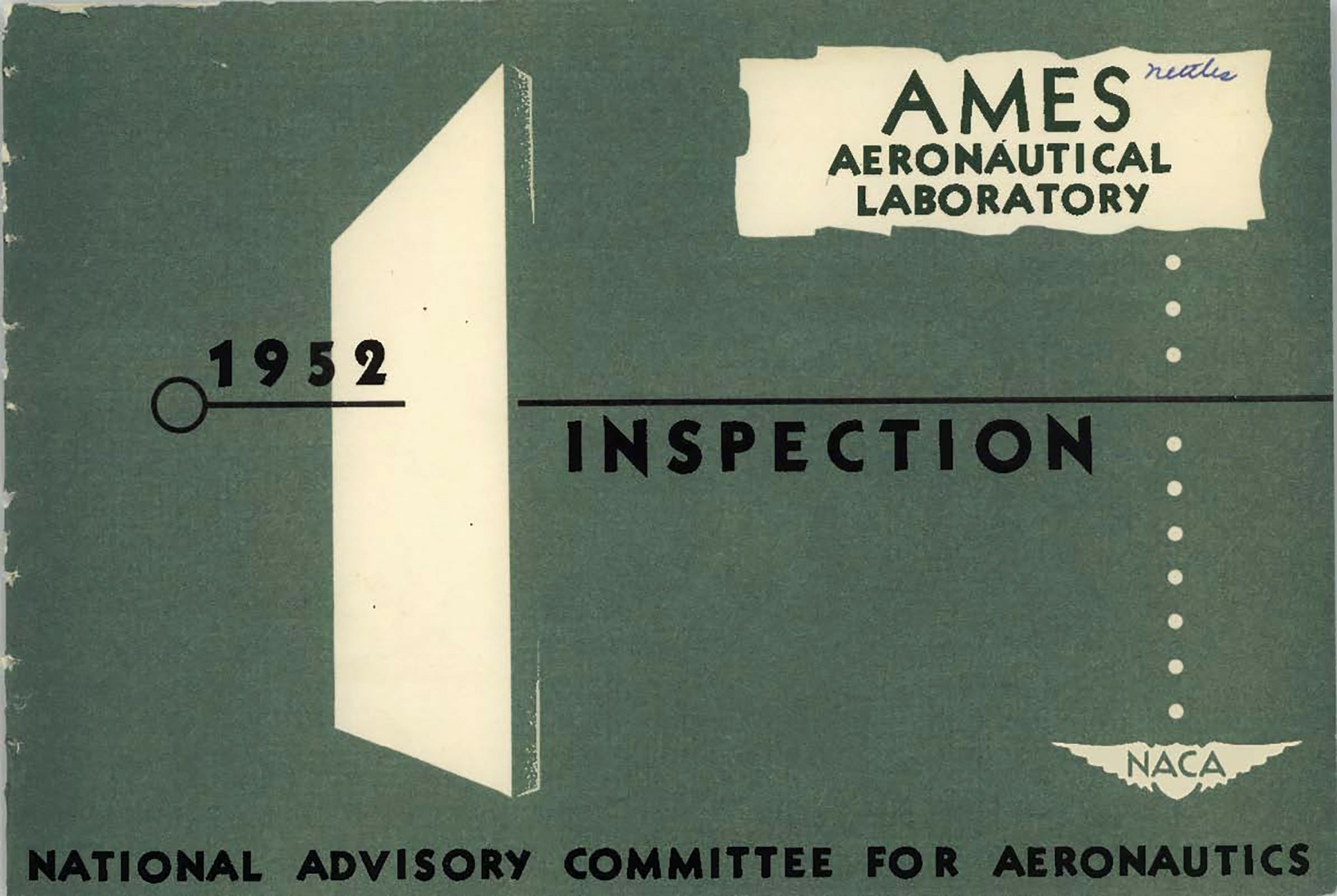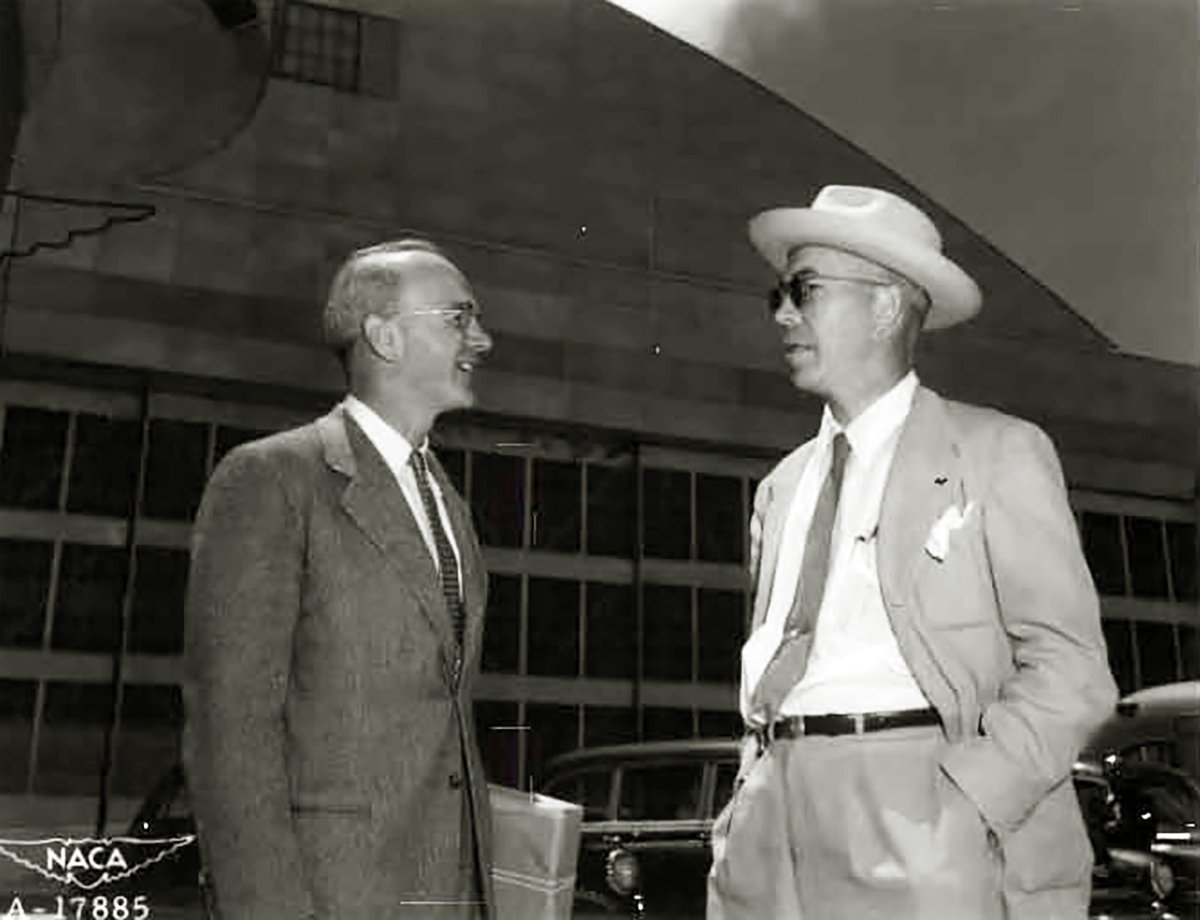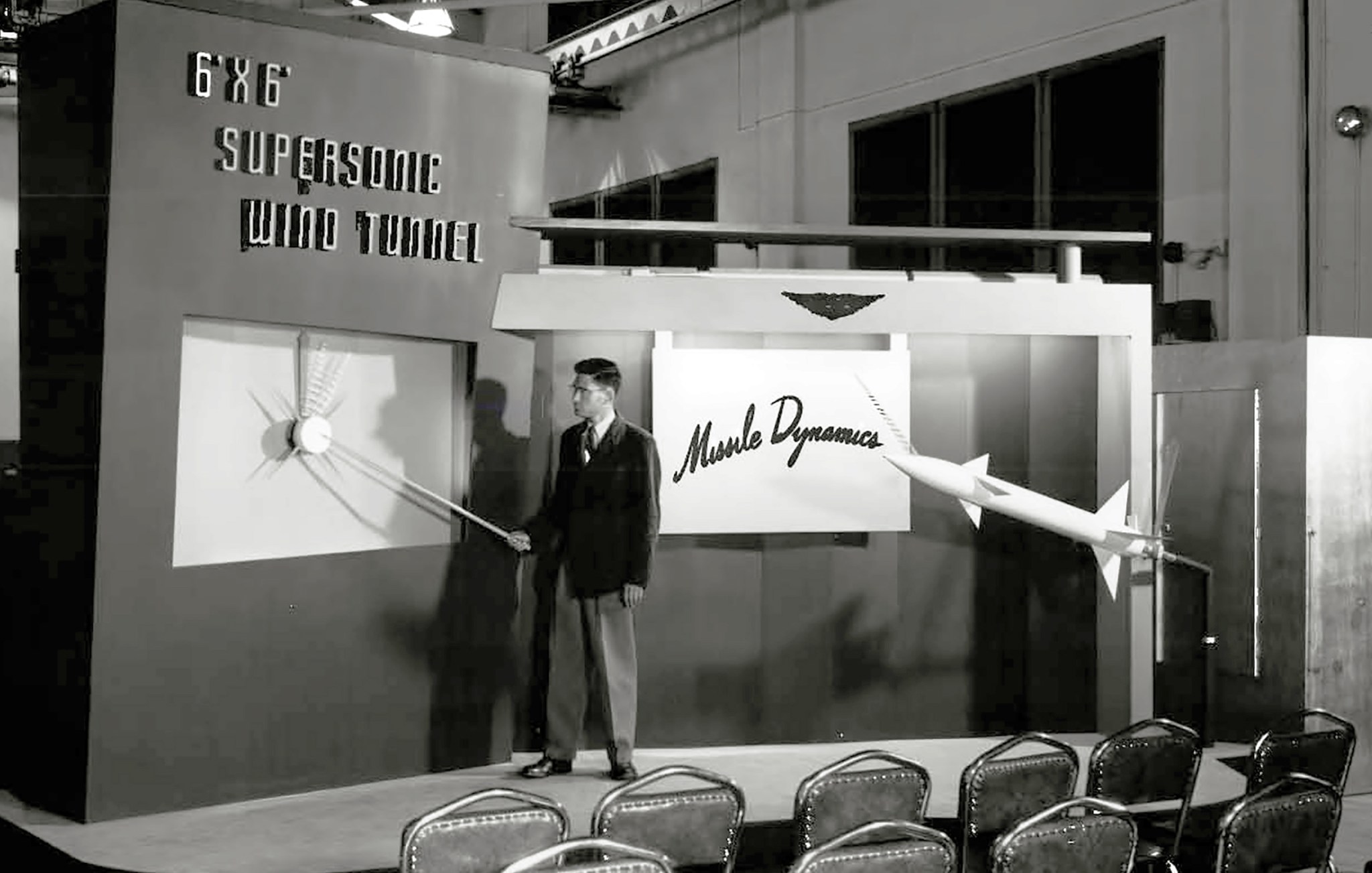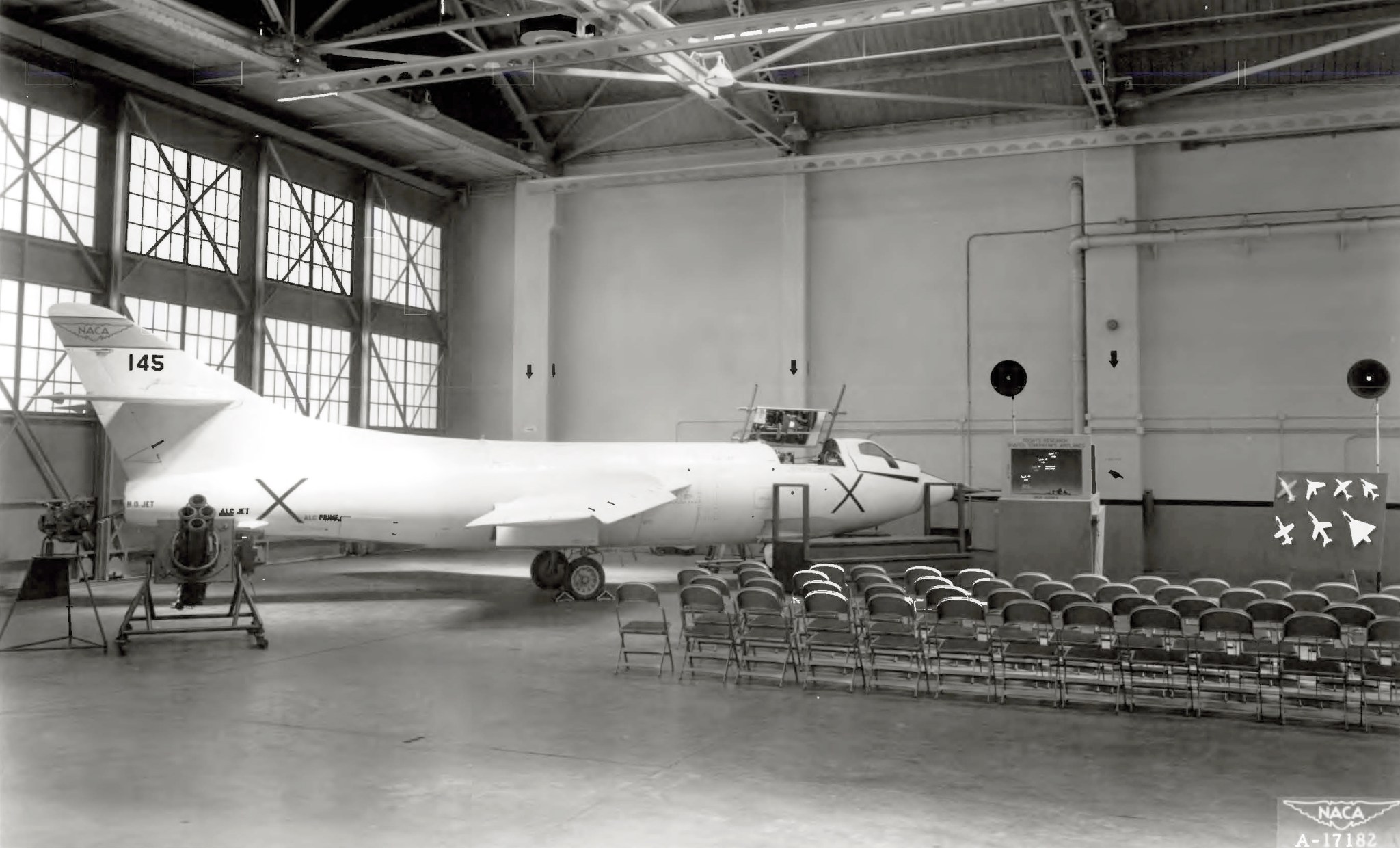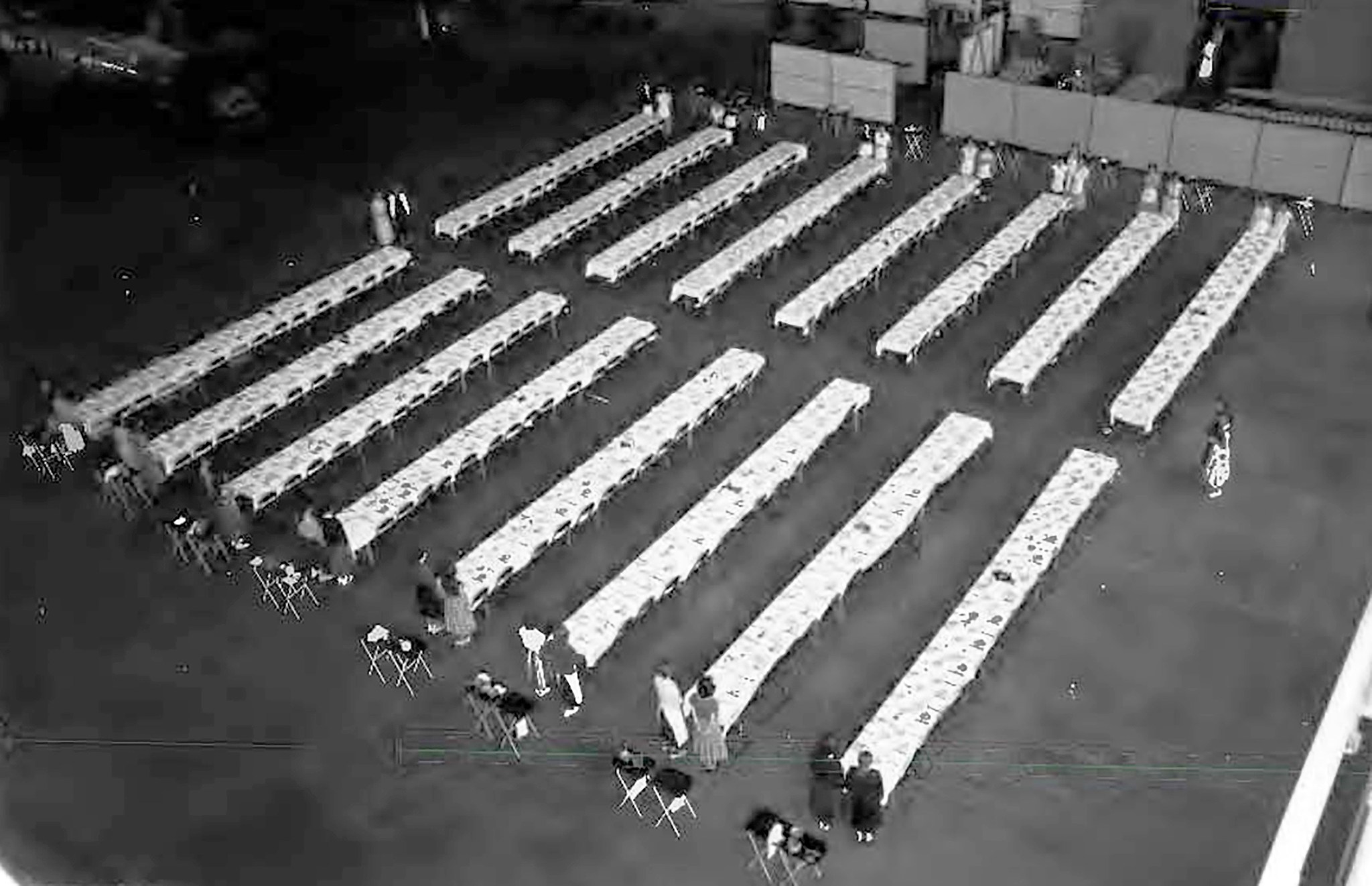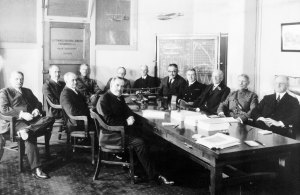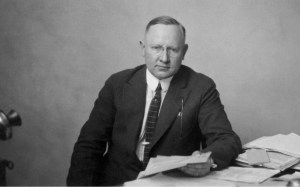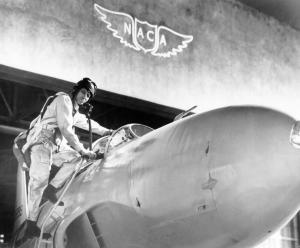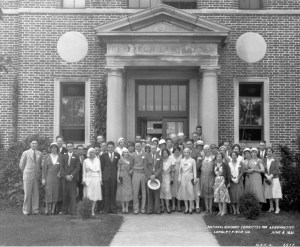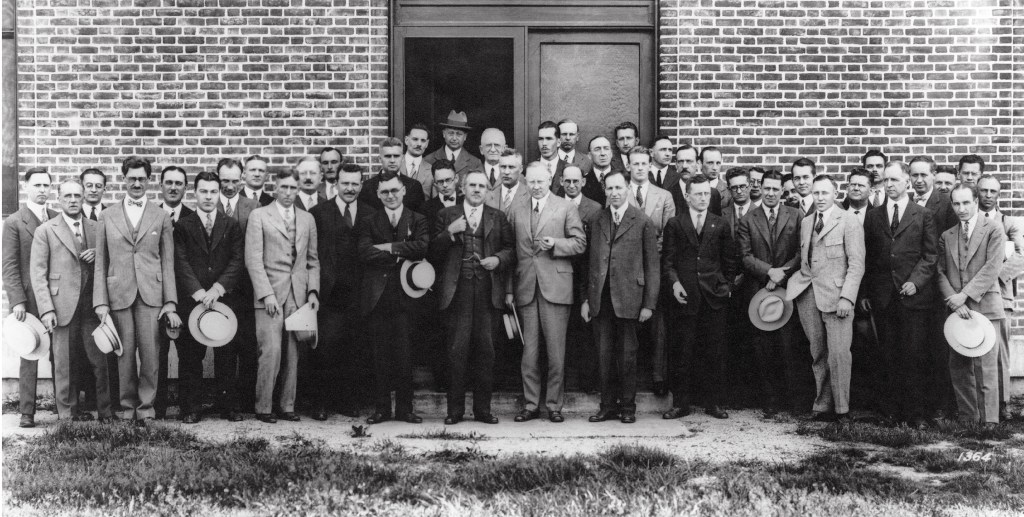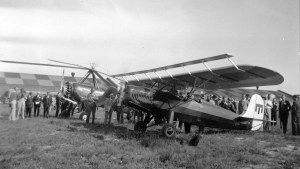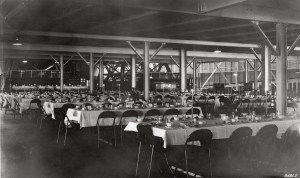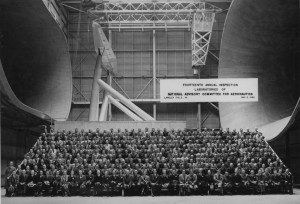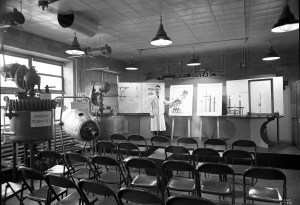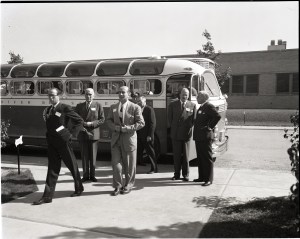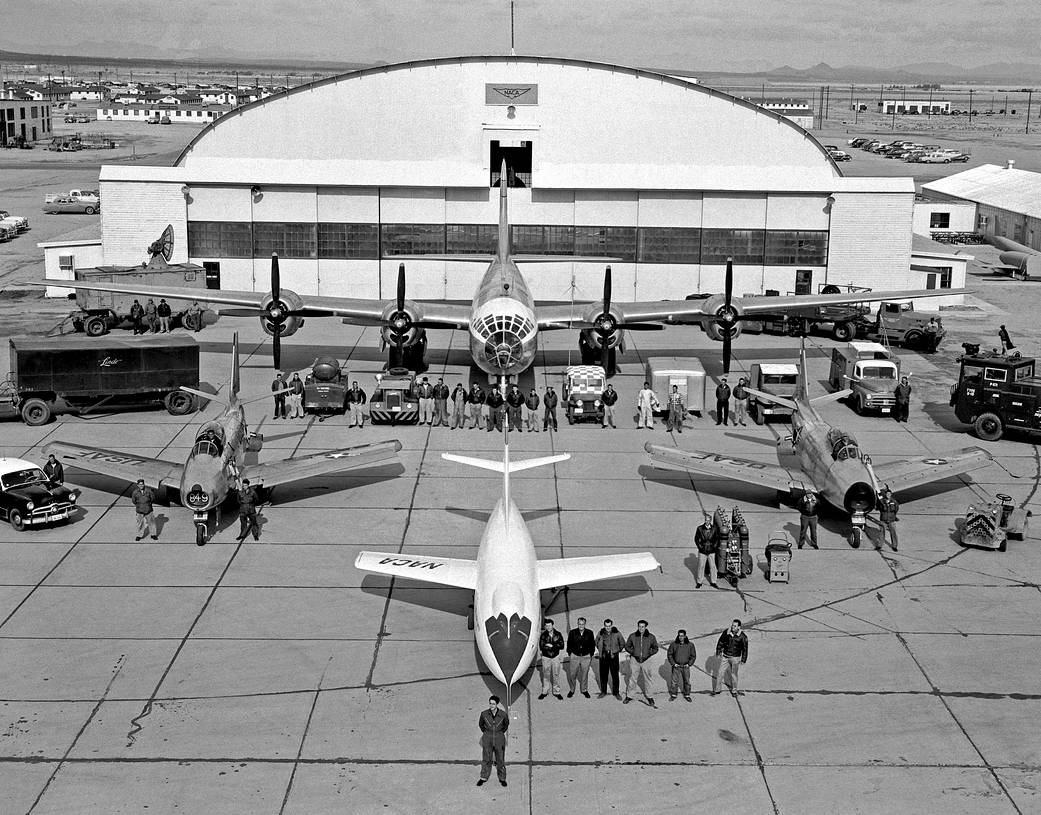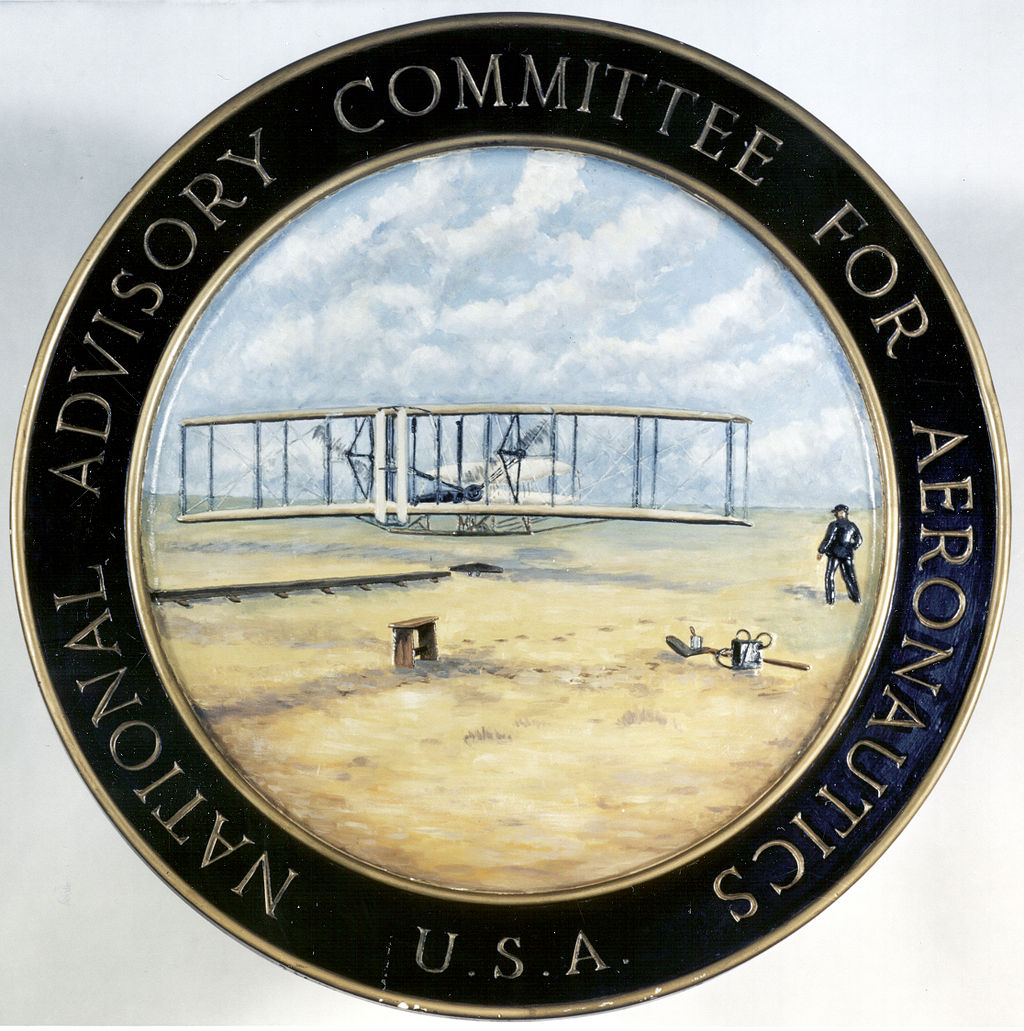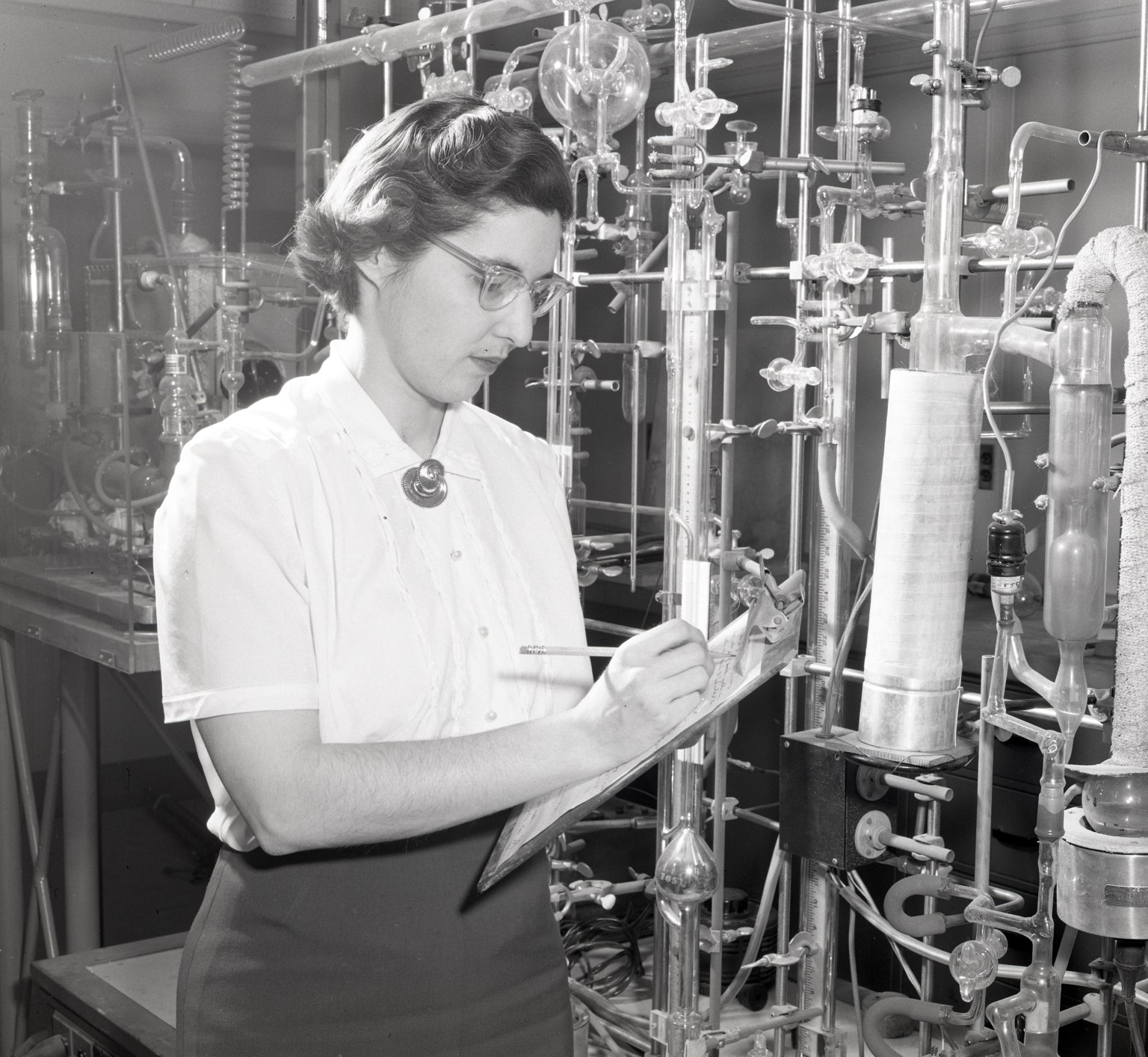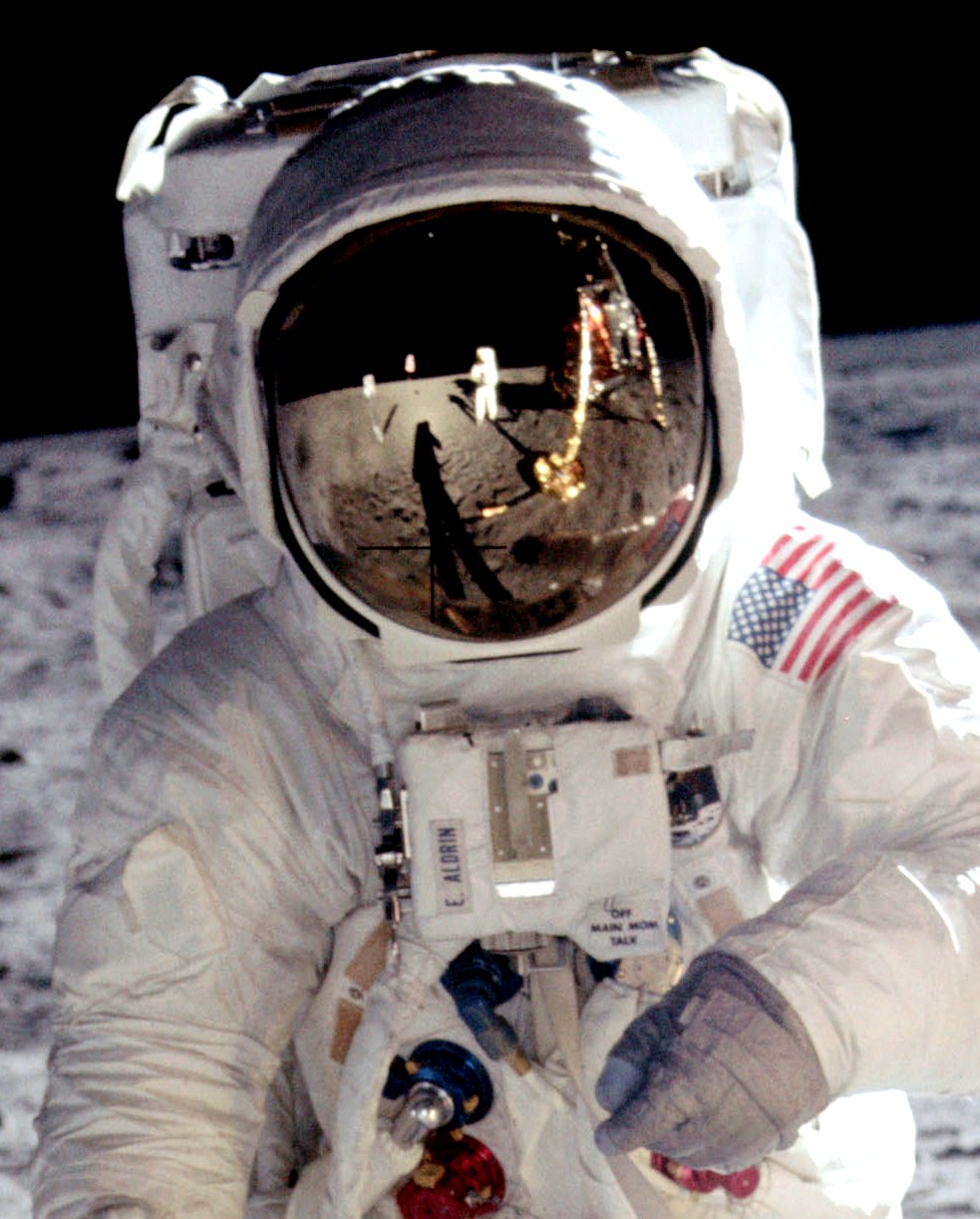National Advisory Committee for Aeronautics
Ames Aeronautical Laboratory
Increasing Cold War security concerns led to a reduction of technical information on display during the July 1952 Inspection at Ames.
Overview
The 4th biennial Inspection of the Ames laboratory was held on July 14 and 15, 1952. As before, the program was identical both days so that the 785 guests could be divided into manageable halves. The Langley and Lewis Laboratories, as well as NACA headquarters, each sent one DC-3 with about a dozen researchers to the Ames Inspection. The Sunday afternoon before, there was a private party to mark the 30th anniversary of Smith DeFrance’s service to the NACA. After the Inspection, the Main Committee members travelled to southern California to visit the High-Speed Flight Research Station and the Naval Air Missile Test Center at Point Mugu. Others went to Los Angeles for meetings of the Institute of Aeronautical Sciences.
This was one of the first Inspections where the NACA talked openly about security restrictions on its presentations, leading them to be less technical. They tracked who was an American citizen; the 1955 Inspection would be restricted to American citizens. Ames researchers began to see as more important, in both size and seriousness, their technical conferences. Examples of these included the conferences on Supersonic Aerodynamics in February 1950, on Aerodynamic Design Problems of Supersonic Guided Missiles in October 1951, and on the Aerodynamics of High Speed Aircraft in July 1953. These conferences had all the practice and polish of the Inspections, but with a more expert audience. Jack Boyd joined the NACA in 1947, but by the 1950 conference on Supersonic Aerodynamics had already been tasked to present work done in the 6- by 6-foot supersonic tunnel. Sitting in the front row were luminaries such as Hans Liepman, Tsien Hsue-Shen, Theodore von Karman. When Boyd expressed nervousness at addressing such an esteemed audience, von Karman, in his thick accent, assured him: “Young man, I assure you that you know more about your subject than we do.”
This 1952 Inspection, and those following, took on a more public-relations tone. Still, the Inspection was a great way to display how all the research work at Ames was interconnected, and thus supported the totality of American aerospace. Victor Stevens shaped the intellectual structure of the presentations. In addition to a booklet summarizing the presentations, he also prepared a booklet of the slides that were shown, with space for taking notes. Presentation topics included aeronautical loads, landing, static stability, automatic stability, missile dynamics, model construction, propellers and helicopters, higher speeds and longer range, research airplanes, and aerodynamic friction and heating. Wherever possible, Ames highlighted its capabilities in hypersonic research. The NACA issued three press releases to highlight its most timely research. One focused on aerodynamic heating and the 1600° F rise along the skin of missiles flying at Mach 5. Another release summarized a technical presentation on the prospects of boundary layer control to improve landing performance on supersonic wings. It was also at this Inspection that the NACA issued a press release on plans for the Unitary Plan Wind Tunnels.
Guest Materials
- Ames Inspection Brochure v1 (1952)
- Ames Inspection Brochure v2 (1952)
- Agenda and Schedule (1952)
- Invitation Packet (1952)
- Luncheon Materials (1952)
- Photographs of Guests (1952)
Presentations
- Introduction and Inspection Overview (1952)
- Loads Talk at 16-Foot Tunnel (1952)
- Landing Talk at 40-By 80 Tunnel (1952)
- Static Stability and Control Talk (1952)
- Missile Dynamics Presentation (1952)
- Automatic Stability and Control Talk (1952)
- Model Construction Presentation (1952)
- Propellers and Helicopters Talks (1952)
- Aerodynamic Friction and Heating Talk (1952)
- High Speed and Range Talk (1952)
- Muroc Research Airplanes Presentation (1952)
Media Materials
Logistics
- List of Attendees (1952)
- Thank You Letters (1952)
- Plans for Lewis Guests (1952)
- Post-Event Materials (1952)
- Arrangements and Planning Materials (1952)
Images
Return to Main Page
Return to the NACA Inspections introductory webpage which contains links to the individual Inspections.
Learn More